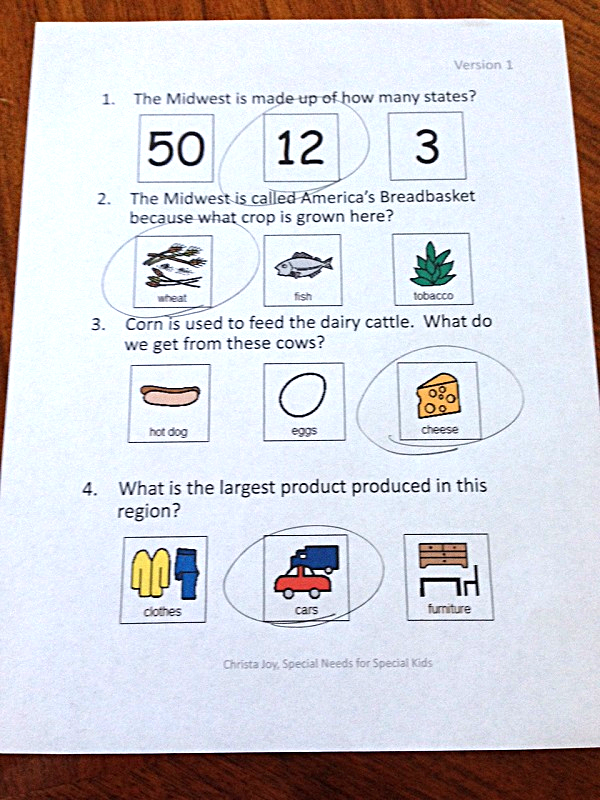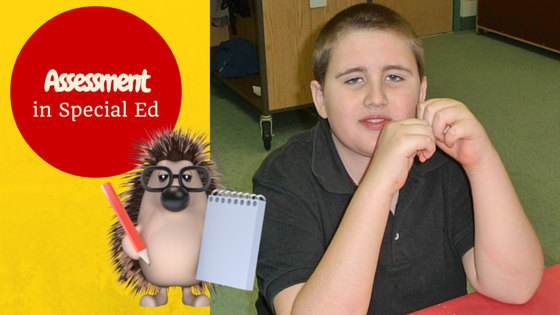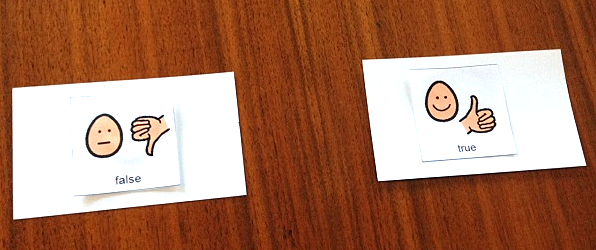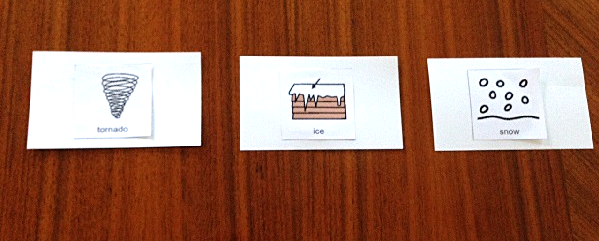Why I Assess Even My Most Affected Students
I spent almost 10 years in a classroom serving the most severely affected students in the elementary school where I worked. The challenges were real and daily, but my ultimate challenge was trying to determine if what I was doing was working. One of the ways I answered this question for myself was to give a weekly assessment of the material I was teaching. It was a great way to determine if my students were grasping the content. The difficulty came in trying to find a way to assess them that was meaningful and accurate. Here are 5 tips I found to be critical when assessing my most affected students.
-
PRE-ASSESS
When I was getting ready to start a new unit, I would develop the assessment first. It helped me focus on what was truly important to cover in the upcoming week or two. I would then administer the assessment before starting to teach the material. This had multiple benefits:
- Gave me a baseline I can use to measure growth when I gave the post-assessment
- Revealed what the student may already know and gave me time to enrich those areas
- Gave the student more practice with assessment
2. FIND THE RIGHT FORMAT
I found there was a LOT of diversity in my classroom. I had some students who were completely non-verbal, some students had extreme physical limitations, and some were actually working close to grade level but had such extreme behaviors, they could not be in a setting with their typical peers. That meant, I often had 3 different assessment formats.
- I would use a simple multiple-choice test for my grade-level kiddos. Quick and easy to make and interpret.
- For students who were not yet on grade level, and early or emergent readers, I would add pictures to my multiple choices assessments. For the most part, the students would still complete these independently, although for some I would read the question.

- For my most severely affected students, I would enlarge and print out the answer choices and mount to index cards. I would then state the question and, using their own response mode, the student would indicate their choice. This may have been pointing or eye gaze. Often, it was a non-response. But, I still had my baseline.
3. ANALYZE YOUR DATA/TO RE-TEACH OR NOT
Once I was done teaching the material, I would give the same assessment I used for the pre-assessment. I would then have some data to analyze to see if the students had made any growth. So here is the reality: some of my students made little to no growth but many did. I then had to decide if I needed to reteach the content or not. The answer to that vital question was: it depended. If the content was critical or the student made some growth, and I felt he or she could make even more either I or my assistant would reteach the material the following week. Again, the reality was that I could teach the same material every week for a year, and some of my students would still show little to no growth on the assessment. But, I still assessed, because there were enough times over the years that I was truly amazed at how some of them would perform on the post-assessment as compared to the pre-assessment. I just never knew, so I had to assess to find out.
4. SHARE YOUR FINDINGS
Another great thing about doing these assessments was that I had actual data to share with parents and administrators. As a parent of a severely affected child myself, I know how important it is to know what my child is learning. One way a parent can feel confident you are doing your job as a teacher is to see an assessment. In addition, in IEP meetings I had some work samples to share that was data-rich and meaningful. This helped us develop new and better goals for the upcoming year. Finally, my students received report cards every quarter. The EXACT same report cards that their typical peers received. By having valid assessments, I had something to use when filling out report cards. Of course, my students had a differentiated grading system (to be addressed in a later post) that I established at the very start of the year, but the students’ grades were always based on true data.
5. FRINGE BENEFITS
The best thing I learned about giving assessments to even my non-responsive students was there turned out to be all these positive effects I had not planned on. Many of my older students were going to have to take an end-of-year assessment given by the state. By giving my assessments throughout the year, my students became more comfortable with the format and would perform better on these end-of-the-year tests. In addition, there were a lot of skills I could observe and work on while giving these assessments. I was able to really focus on the student’s best method of responding to my questions. Was it eye gaze or pointing? Should I put the cards on the table or on a vertical surface? Was there a difference if I used color versus black and white? All these little pieces of information fit into a bigger picture that would help not only me but teachers in the future who would work with my students. Finally, all my students had IEP goals that pertained to attention and engagement. This was a great time to gather that data as well since we were often in a one-on-one setting with minimal distractions.
Giving this pre and post-assessments took me less than 5 minutes per student, and it was definitely worth the time and preparation. I would encourage every teacher, regardless of the severity of their population, to try giving formal assessments. I know in this day and time most of us complain about over-testing, but I have found many forget about testing this population at all. How else can we know if we are making a difference?





2 Comments
These are great reasons to assess! But, like you, I think the most important one is fridge benefits. It’s amazing what we can observe and teach in times like these. Thanks for taking the time to link up at the Teaching Tuesday link up party. I hope to see you back next week!
Comments are closed.